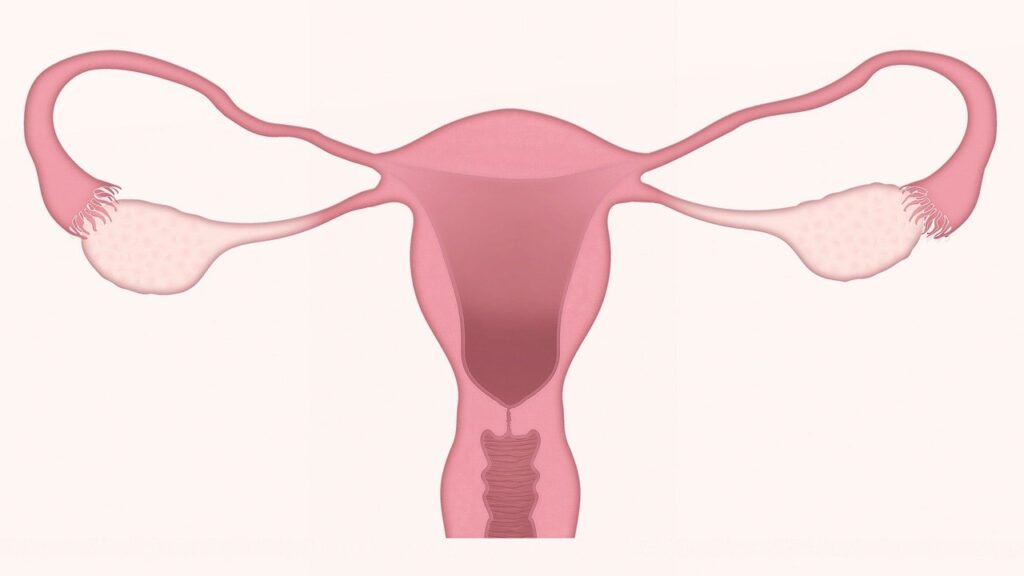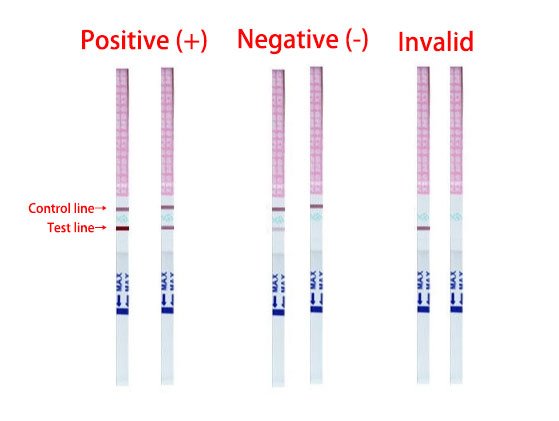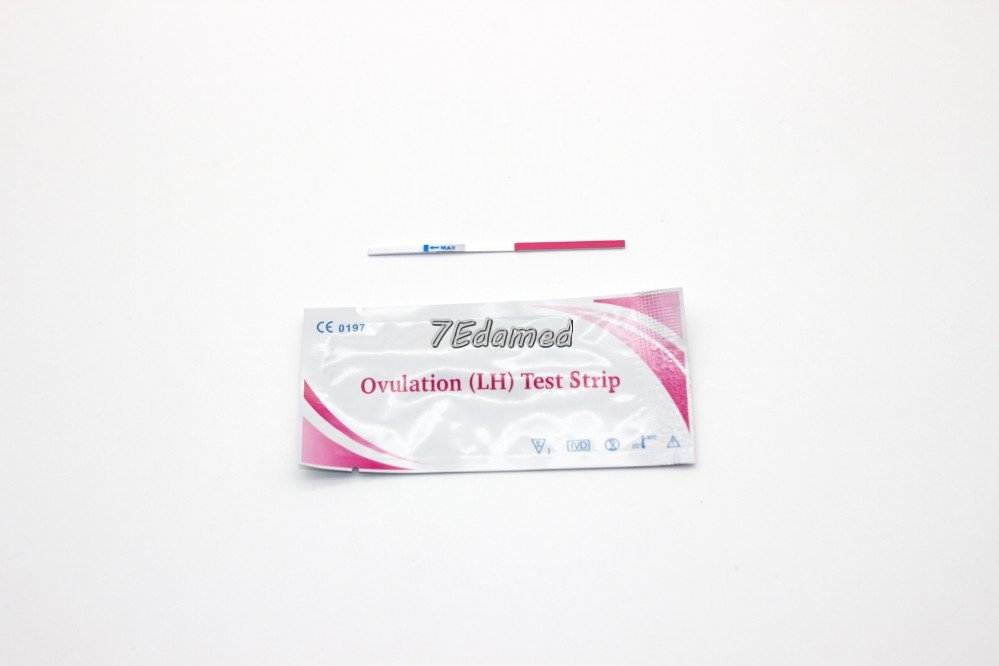how to read ovulation test strips faint line
Catalogue

Luteinizing hormone (LH) is a hormone whose content changes periodically with a woman’s menstrual cycle. Its role is to stimulate the release of mature eggs in the ovaries. When its peak appears, LH is present in large quantities in women’s blood and urine, so the detection of LH content in urine is a reliable indicator of whether it is a peak. Urine LH is based on less than 20mIU/ml, and greater than or equal to 40mIU/ml is a sign that the peak value of urine LH in the menstrual cycle is about to appear.
In the middle of a woman’s menstrual cycle, LH secretion increases sharply, forming a “LH” peak, and ovulation can be promoted within 48 hours after the peak. Therefore, women are most susceptible to conception within 1-3 days after the “LH” peak, so LH test strips are used to detect LH
The level in the urine sample can predict the time of ovulation, so as to effectively grasp the best time for conception or contraception.
Principle of Measurement
The LH colloidal gold diagnostic reagent strip adopts double antibody sandwich one-step technology, uses colloidal gold as an indicator, and uses immunolateral chromatography to detect the concentration of LH in urine. It is suitable for family medical care and also helps in the diagnosis and treatment of infertility. Diseases, promote prenatal and postnatal care.
Equipment needed for testing
1、Timer
2、Sample collection container
3、LH test strip
Steps
You must read the instruction manual completely before testing, and restore the test strip and urine specimen to room temperature (18°C-30°C) before use.
- Take out the reagent strip from the original aluminum foil bag and use it as soon as possible within 1 hour.
- Insert the reagent strip into the urine specimen in the direction of the arrow. Note: The urine level cannot exceed the mark line of the test strip.
- After at least 3-10 seconds, take it out and place it flat on a clean and flat surface; you can also leave it in the urine cup and keep it in the urine cup until the result is read.
- Wait for the fuchsia band to appear, the test result should be read within 3-5 minutes. It is judged invalid after 10 minutes.
Result judgment
Positive (+): Two red bands appear. One is located in the test area (T) and the other is located in the quality control area (C). And the T line is darker than the C line, or the C and T lines have the same intensity.
Negative (-): One or two red bands appear. One is located in the test area (T) and the other is located in the quality control area (C), but the T line is lighter than the C line, or no T line appears.
Invalid: There is no red band in the quality control area (C), indicating an incorrect operation process or the reagent strip has deteriorated or damaged. In this case, you should read the instructions carefully again and retest with a new test strip. If the problem persists, you should stop using this batch of products immediately and contact your local supplier.
Note: The color band of the quality control line of the reagent strip and the test line can show the shade of color due to the amount of LH in the urine. The result is judged according to the above standard.

What does faint line mean
If the test line is colored, no matter how faint, it means you are ovulating.
Because the presence of Luteinizing hormone (LH) indicates that you are ovulating, and the brightness and darkness of the test line on the Ovulation test strip only indicates how much Luteinizing hormone (LH) you produce. So faint lines mean you’re ovulating, but there’s not a lot of Luteinizing hormone(LH).
Sensitivity
The lowest detectable amount of this product is 25mIU/ml.
Specificity
No cross-reaction with hTSH, hFSH, etc.
Determination of the test date
First determine the long menstrual cycle. Long menstrual cycle refers to the number of days from the first day of the cycle (menstrual bleeding) to the day before the beginning of the next cycle. Please recall the last few months to determine the average period length, and then circle the average period length in the table below, read the corresponding value (number of days) below, and count the value from the first day of the current period to the next day. The time to start the test.
In the first and third rows of the table below, circle the average period length, and the corresponding values in the second and fourth rows are the number of days in the next few days.
Menstrual cycle 21 22 23 24 25 26 27 28 29 30 31 32 33 34 35 36 37 38 39 40
Test date 06 06 07 07 08 09 10 11 12 13 14 15 16 17 18 19 20 21 22 23
Note: If you cannot determine the average period length and use the shortest period length, you need to test 6 days of samples during the test. If the menstrual cycle is less than 21 days or more than 40 days, please consult a professional doctor.
For example: your menstrual cycle is 28 days, the last menstrual period started on the 3rd, and the number of days tested from the above table is 11, that is, you will start the test on the 13th (see the table below).
Day one two three four five six
1 2 (3) 4 5 6
7 8 9 10 11 12 <13>
14 15 16 17 18 19 20
21 22 23 24 25 26 27
28 29 30 31
Storage and validity period
The original packaging should be stored at 4-30°C, in a cool, dark and dry place. The validity period is 36 months. Avoid freezing or use after the expiry date.

chinadamed@gmail.com
Hello, I am the author of this article, I have been engaged in the medical industry for 13 years, if you want to wholesale medical products from China or want to know more information about medical products, please contact me.
TEDAMED

